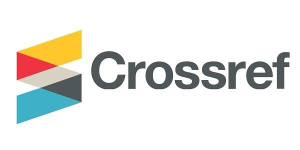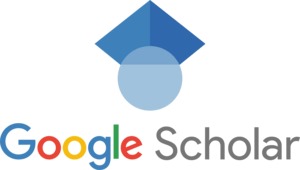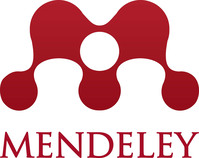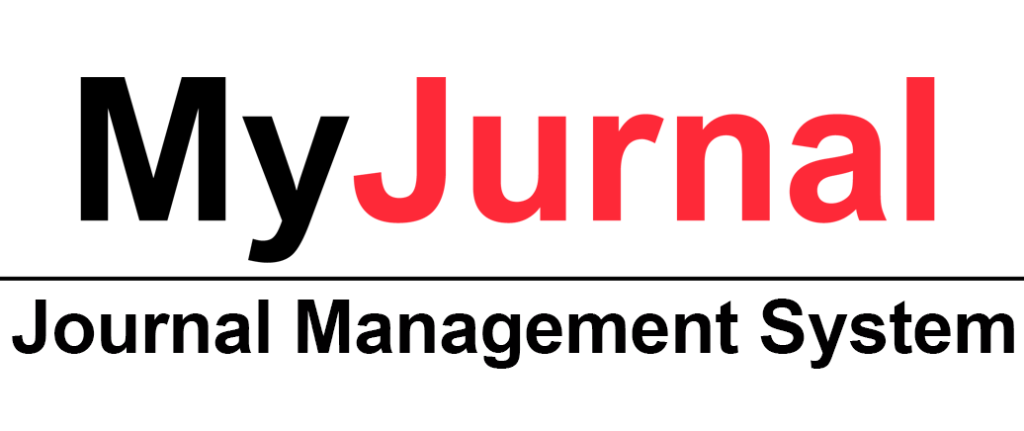Bridging the Gap: How Universal Design for Learning Can Transform Biology Education
A Systematic Review
DOI:
https://doi.org/10.31436/ijes.v13i2.608الكلمات المفتاحية:
Universal Design for Learning (UDL)، biology education، Inclusive Pedagogy، Educational Technology، STEM Education، differentiated instructionالملخص
Despite significant advancements in pedagogical models, Biology education still relies on the one
size-fits-all teaching methods that overlook the diverse needs and strengths of learners. This impacts
students with diverse learning needs and abilities, contributing to disengagement and a decline in
motivation. The Universal Design for Learning (UDL) framework offers a promising alternative by
promoting inclusivity through multiple means of representation, engagement, and expression. This
systematic review explores how UDL has been applied in STEM education, particularly Biology,
using the updated CAST 2024 UDL checkpoints as an analytical framework. Ten peer-reviewed
studies published between 2020 and 2025 were selected and analyzed following PRISMA guidelines.
The review identified three recurring themes: choice, variety, and technology. These themes highlight
effective strategies such as gamified assessments, digital tools, and differentiated learning tasks that
support inclusivity and student engagement. While promising, the findings also reveal gaps in
implementation, especially in underused UDL checkpoints related to feedback and self-regulation.
This review emphasizes the importance of aligning instructional design with UDL principles to foster
inclusive, student-centered Biology education.
المقاييس
التنزيلات
منشور
كيفية الاقتباس
إصدار
القسم
الرخصة
الحقوق الفكرية (c) 2025 IIUM Press, International Islamic University Malaysia

هذا العمل مرخص بموجب Creative Commons Attribution 4.0 International License.
The Journal will own copyright to all published works and have the right of first publication, both in print and online, unless other arrangements are made with the Editors in advance. It is the author`s responsibility to ensure that where copyright materials are included within an article the permission of the copyright holder has been obtained beforehand.























